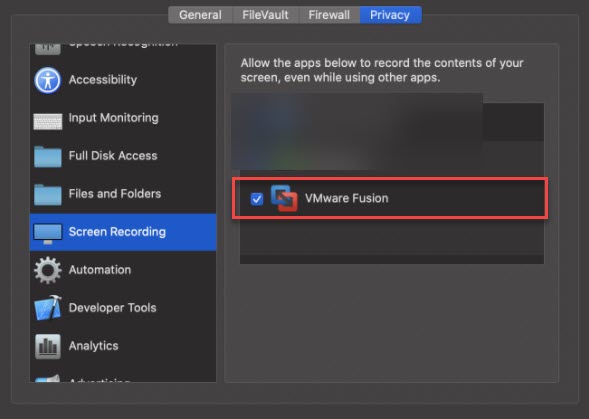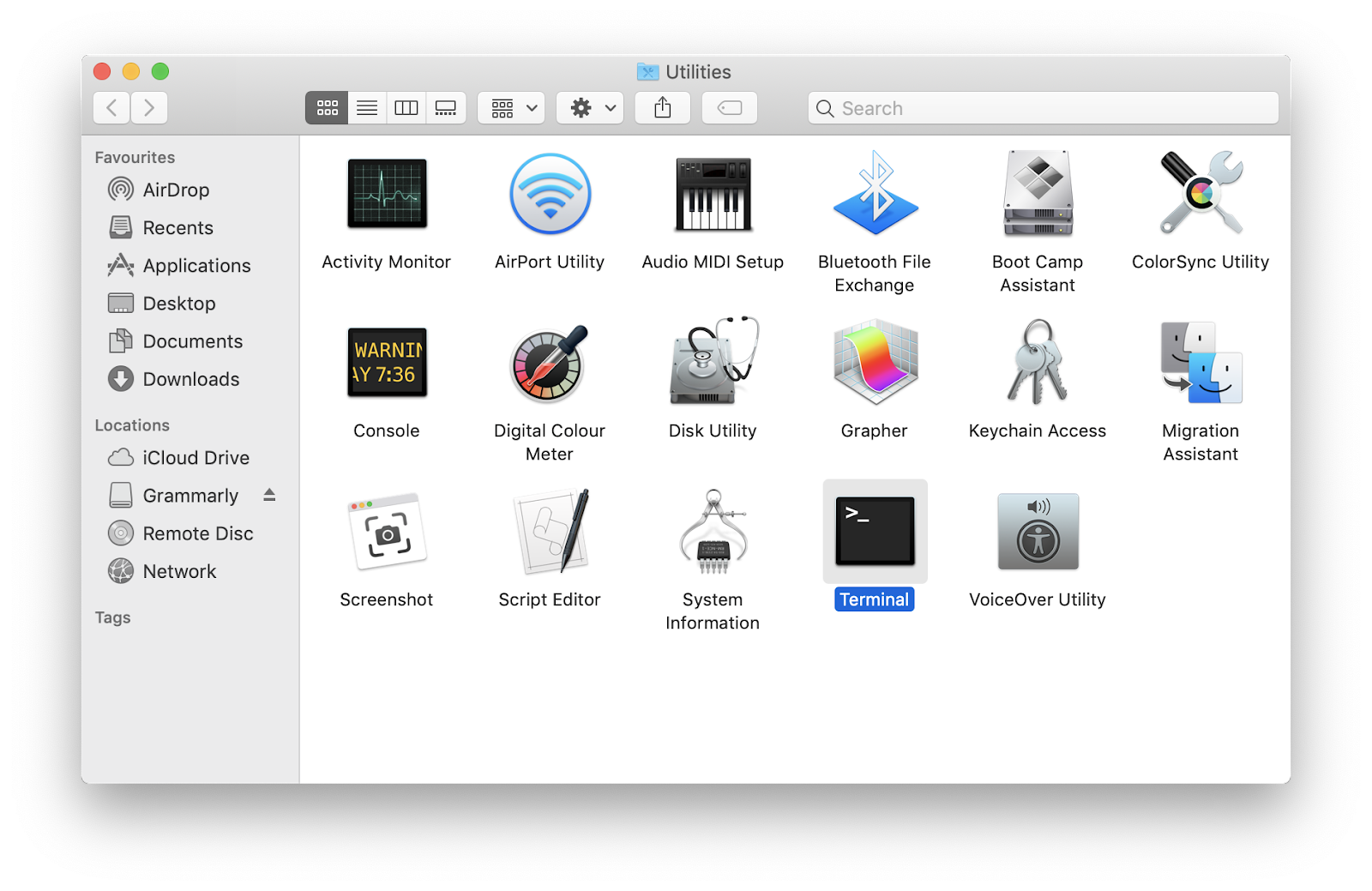

- #Osx ednable csrutil after openzfs install how to
- #Osx ednable csrutil after openzfs install update
- #Osx ednable csrutil after openzfs install code
- #Osx ednable csrutil after openzfs install mac
With your Mac booted and running, launch Terminal. Next, change the NVRAM settings themselves.

You must be in Recovery mode before you use these Terminal commands When the Mac has booted into Recovery mode, launch Terminal from the Utilities menu.Restart and then hold down Command-R until the Apple logo appears.Doing this means your machine is more vulnerable to malware. Note that it involves changing NVRAM settings - and this requires you to disable the Mac's System Integrity Protection (SIP). If you're having the problem, this is the solution. So if you are on 10.15.3, or you have 10.15.4 and haven't yet installed the April 8 update, wait until the next release.
#Osx ednable csrutil after openzfs install update
There was a supplementary update on April 8, to fix a FaceTime bug, and it's not clear whether this hanging problem was introduced then. The simplest solution is to stay on macOS Catalina 10.15.3 or update to macOS 10.15.5, but the problematic new version came out on March 24 so it has been some time since release at this point. "I can't say when Apple will release the fix for this problem, but in the past, when they have been alerted to a hang or kernel panic, they had it resolved in the next update to macOS." "We alerted Apple engineers to the issue," says OWC's Tim Standing. OWC discovered the bug in macOS after investigating complaints from users of its RAID systems. But, the copy does not complete, and won't ever complete. You can still move your mouse, so the Mac hardware is responsive to some extent. It's affecting users transferring data from camera cards to RAID arrays on their Macs, and the symptom is that the Finder on those Macs simply freeze. A bug specific to macOS Catalina 10.15.4 has been causing problems for filmmakers and photographers with large numbers of files, and very large projects to copy. Look for the restricted text to indicate where SIP is enforced.īy default (=SIP enabled), the following folders are restricted (see Apple Support page): /System You can verify whether a file or folder is restricted by issuing this ls command using the capital O (and not zero 0) to modify the long listing flag: ls -lO /System /usr

In the Terminal window, type in csrutil disable and press Enter.Reboot your Mac into Recovery Mode by restarting your computer and holding down Command+ R until the Apple logo appears on your screen.
#Osx ednable csrutil after openzfs install how to
Here's how to do it if you really need to:Īpple's documentation covers disabling SIP, About System Integrity Protection on your Mac and Configuring System Integrity Protection.Īn article on lists these steps:

If you're developing for another platform such as deployment to a web server, then you can't share your development environment setup with other developers on your team without compromising their security as well.
#Osx ednable csrutil after openzfs install code
If you're developing mac apps, then your system becomes less useful as a testbed because you don't know if your code only works because you hacked your system.


 0 kommentar(er)
0 kommentar(er)
